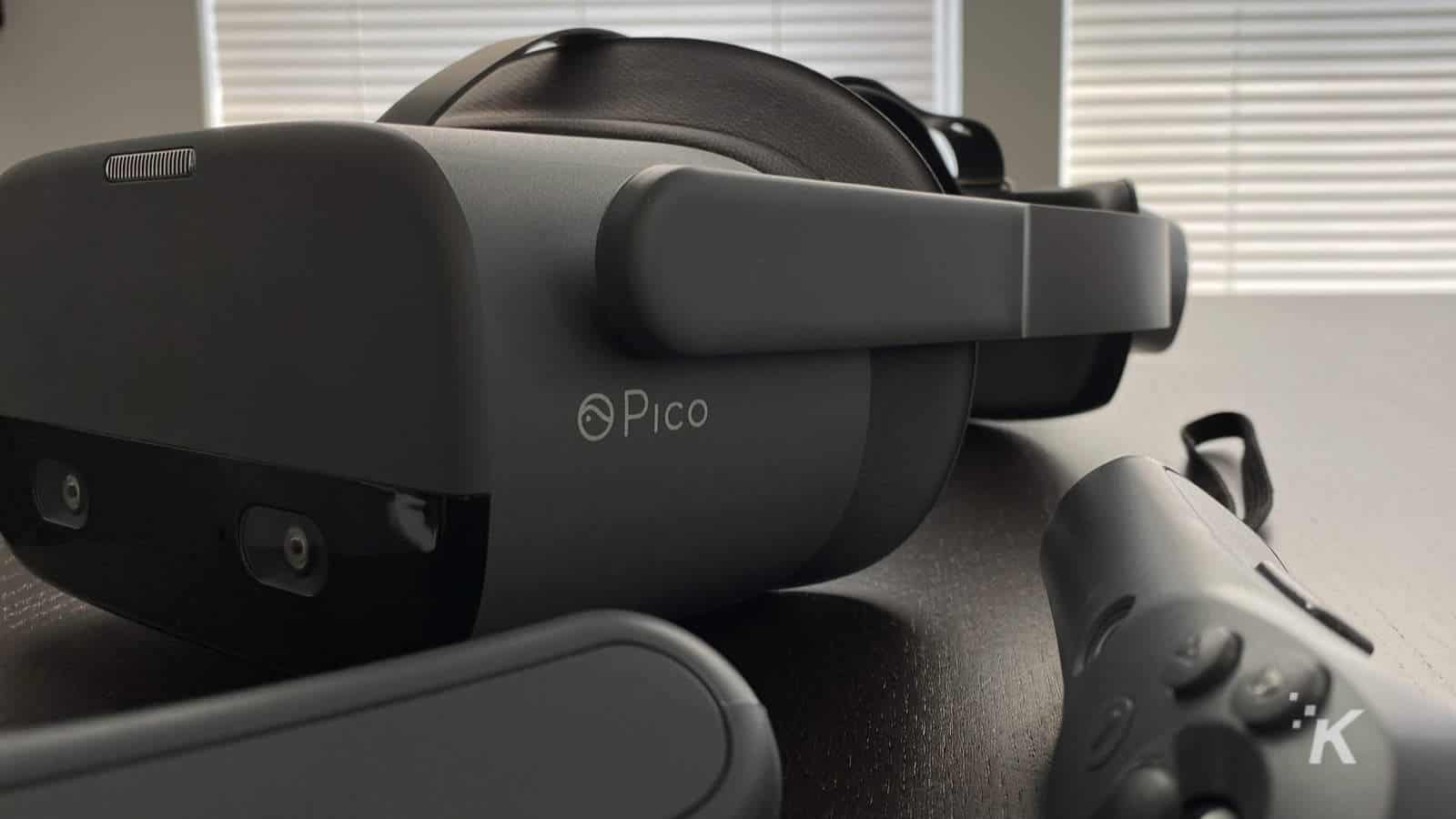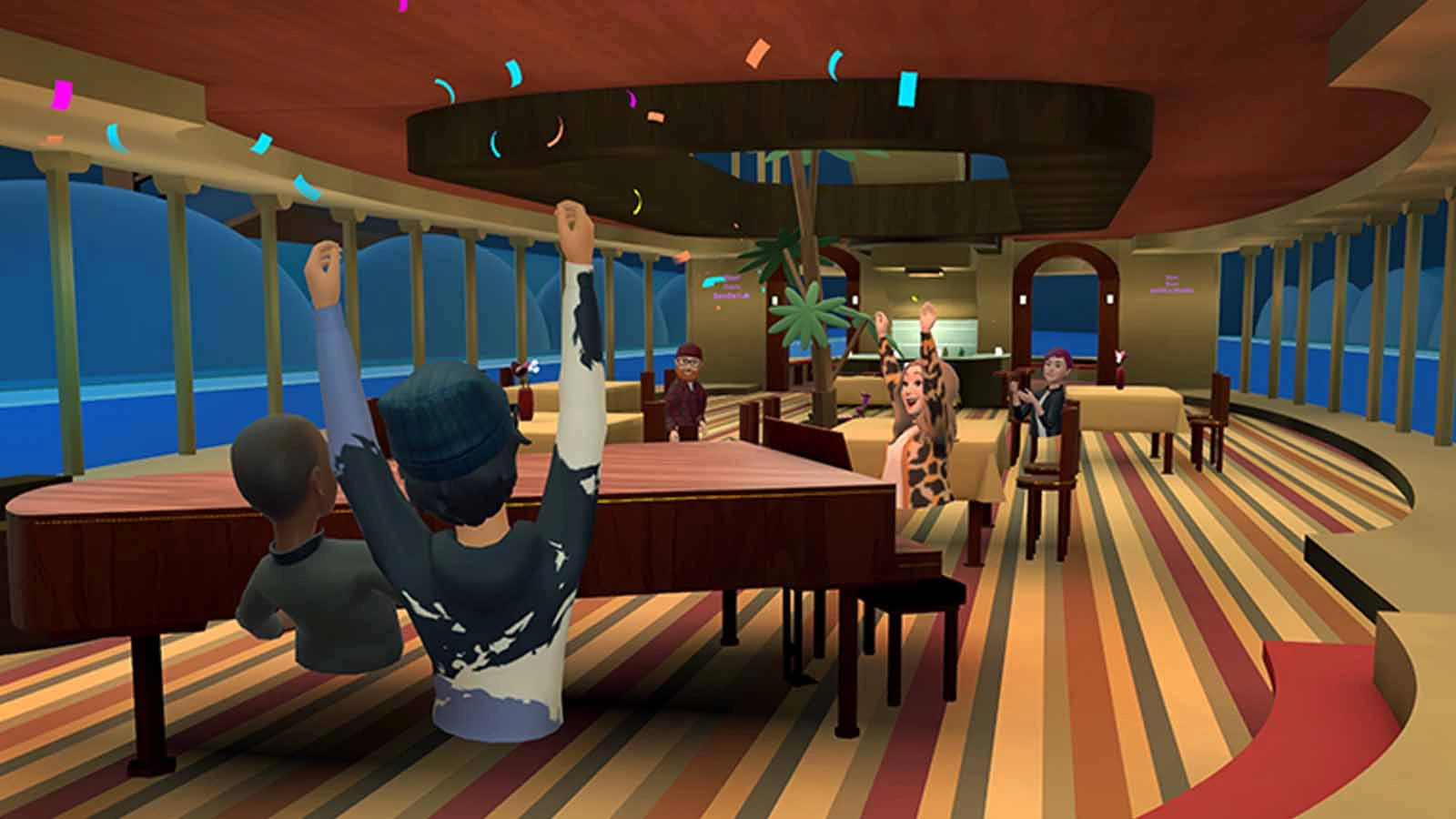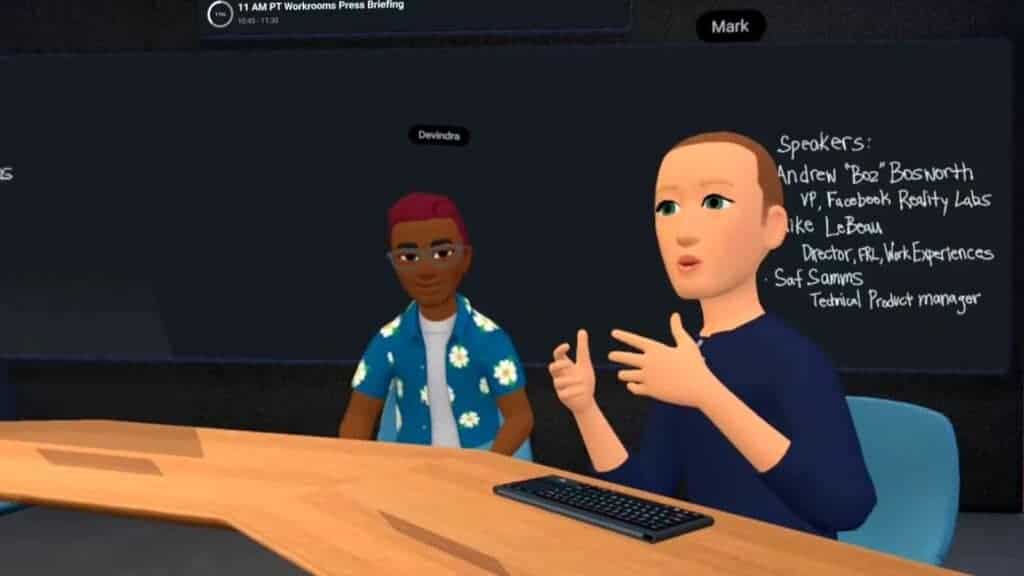How-To
Augmented reality vs. virtual reality: What are the differences?
It’s acronym soup over here. We’ll help you make sense of the terminology.

Just a heads up, if you buy something through our links, we may get a small share of the sale. It’s one of the ways we keep the lights on here. Click here for more.
Quick Answer: AR combines virtual elements with the real world, whereas VR entirely replaces the real world with a simulated one. We’ll explain each one in detail further below.
Once upon a time, there was only one reality, the one we live in. Then virtual reality happened, followed by augmented reality, mixed reality, extended reality, and even the metaverse.
With all of these overlapping realities, you might be confused as to which is which. I mean, I was confused initially, and I basically live online.
We’ll break things down for you, so you have clear definitions of each term. We’ll also give you some context to the how, why, and when the different terms came into being.
The biggest thing you need to remember? Whichever version of reality you’re using, it’s all designed to be immersive. That means a first-person viewpoint, with a sense of presence so you feel like you’re actually there.
What is Virtual Reality (VR)?

The first version of immersive media experiences, virtual reality takes place in a wholly virtual world. The hardware to enable this blocks your field of vision with opaque screens, so you only see what is on the screens.
The Meta Quest 2, the Valve Index, the HTC Vive Cosmos, and the PlayStation VR headsets are all prime examples. Heck, even laptops are using it.
Some of these headsets do now offer limited augmented reality via their external camera feeds, but they’re all primarily for VR experiences.
Because it blocks off your view of reality, VR immerses the user into the simulated environment created by the developers. You also have to be able to interact with the virtual world in a natural way, either through a controller or hand tracking.
What is Augmented Reality (AR)?

Augmented reality is slightly different, as it projects virtual content over the real world. It must make the user feel at home both in their surroundings and in the virtual one, making the task harder to develop. In turn, this is why the average cost of AR app development is rising.
The crucial point according to the Interaction Design Foundation is that there is “no interaction between the digital elements and the physical world elements.” Think of informational overlays, instead of objects you can grab and move.
Some common uses of AR that you might already have access to are the Live View navigation tool in Google Maps and any of Snapchat’s filters.
Most current AR usage is smartphone-based. Why? Well, there aren’t any widely available, consumer-level AR glasses out yet. Snap’s Spectacles are extremely low volume, and Magic Leap is expensive and professional-focused.
That could change later this year (or early next) when Apple’s long-awaited AR/VR headset is released. Multiple other companies, like Oppo, are also working on AR-style glasses.
But these are more like heads-up displays that put 2D information into your field-of-view instead of true AR glasses.
What is eXtended Reality (XR)?
As the hardware became more advanced, device manufacturers had a problem. How do you market a device that can give both VR and AR experiences?
A new name was needed for the meshing of the two, and that’s how extended reality (XR) was born.
It’s shorthand for “virtual and augmented reality” and covers devices and software that can do both. Nowadays, it also encompasses mixed reality. All XR experiences and devices have a common core, which is expanded on to create specialized experiences.
Examples include a virtual reality headset with pass-through cameras so you can still see the world around you. It could also be recording software that lets you create videos of you being inside a virtual space, like in the video above from Meta.
What is Mixed Reality (MR)?
Mixed reality involves the projection of virtual objects into real space. It’s like augmented reality, with one key difference. In mixed reality, you can interact with virtual objects, as well as physical ones.
HoloLens is one of the best-known MR tools. The other well-known MR experience? The Pokémon Go mobile game, which uses your smartphone camera to overlay virtual Pokémon into the real world.
Bonus round: What is the metaverse?

Meta has made a lot of recent noise about the metaverse, but what is it anyway? Well, Big Think has the following definition which pretty much nails it:
“A metaverse is a persistent and immersive simulated world that is experienced in the first person by large groups of simultaneous users who share a strong sense of mutual presence.“
Technically, it already exists. Heard of Roblox? That’s essentially a metaverse, although it might not be the one that Meta is thinking of.
Will things in immersive media ever become truly interconnected, so that there is one overarching metaverse? We’re not so sure, especially not with how many different players there are trying to create it.
Reality is what you make it
Now you know a bit more about the differing types of immersive experiences offered by the multiple reality technologies. They’re not so far away from what our own senses create from the physical world.
At some point, these technologies will be able to construct realities indistinguishable from the physical world. Will we all retreat into it, like in Ready Player One?
Have any thoughts on this? Let us know down below in the comments or carry the discussion over to our Twitter or Facebook.
Editors’ Recommendations:
- Apple reportedly showed off its long-awaited AR/VR headset
- Meta will let creators sell virtual items inside of Horizon Worlds
- Apple reportedly showed off its long-awaited AR/VR headset
- Sony PSVR 2: pricing, news, rumors, features, and release date
Just a heads up, if you buy something through our links, we may get a small share of the sale. It’s one of the ways we keep the lights on here. Click here for more.






























